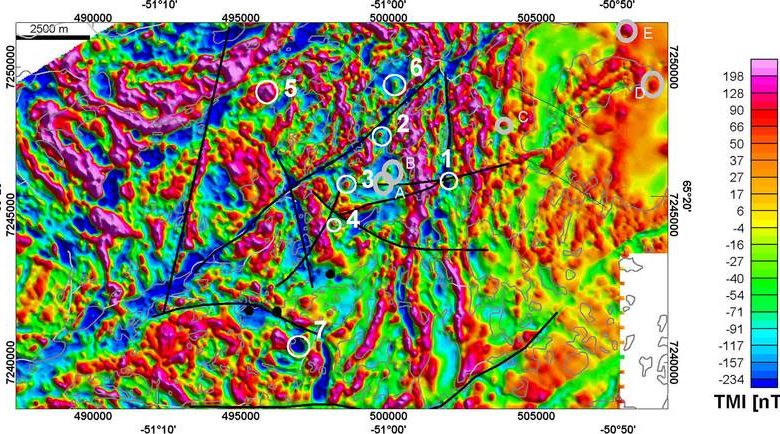All Categories
Featured
Table of Contents
Geophysical Survey In Archaeology in Melville Aus 2020
Much of the image includes blank locations now with little or no radar reaction. The "yard" wall is still revealing highly, however, and there are continuing suggestions of a hard surface in the SE corner. Time piece from 23 to 25ns. This last slice is now practically all blank, but a few of the walls are still showing strongly.
How deep are these pieces? Unfortunately, the software I have access to makes estimating the depth a little challenging. If, nevertheless, the leading three slices represent the ploughsoil, which is probably about 30cm think, I would guess that each slice has to do with 10cm and we are just coming down about 80cm in total.

Fortunately for us, most of the websites we have an interest in lie just listed below the plough zone, so it'll do! How does this compare to the other approaches? Contrast of the Earth Resistance data (top left), the magnetometry (bottom left), the 1517ns time piece (top right) and the 1921ns time slice (bottom left).
Geophysical Survey in Bayswater Australia 2023
Magnetometry, as talked about above, is a passive technique measuring local variations in magnetism versus a localised zero worth. Magnetic vulnerability survey is an active strategy: it is a step of how magnetic a sample of sediment could be in the presence of a magnetic field. How much soil is tested depends upon the size of the test coil: it can be very small or it can be relatively big.
The sensor in this case is extremely small and samples a small sample of soil. The Bartington magnetic vulnerability meter with a big "field coil" in use at Verulamium during the course in 2013. Leading soil will be magnetically boosted compared to subsoils just due to natural oxidation and decrease.
By determining magnetic vulnerability at a fairly coarse scale, we can discover areas of human occupation and middens. Sadly, we do not have access to a reputable mag sus meter, but Jarrod Burks (who assisted teach at the course in 2013) has some exceptional examples. Among which is the Wildcat website in Ohio.
Airborne Geophysical Surveys Of The Lower Mississippi ... in Palmyra Oz 2022
These villages are often laid out around a central open area or plaza, such as this rebuilt example at Sunwatch, Dayton, Ohio. The magnetic vulnerability survey assisted, however, define the main area of occupation and midden which surrounded the more open area.
Jarrod Burks' magnetic vulnerability survey results from the Wildcat website, Ohio. Red is high, blue is low. The technique is therefore of great usage in defining locations of general occupation instead of identifying specific functions.
Geophysical surveying is an applied branch of geophysics, which utilizes seismic, gravitational, magnetic, electrical and electromagnetic physical methods at the Earth's surface to measure the physical residential or commercial properties of the subsurface - Geophysical Exploration in Sorrento WA 2022. Geophysical surveying approaches normally measure these geophysical homes together with anomalies in order to examine different subsurface conditions such as the existence of groundwater, bedrock, minerals, oil and gas, geothermal resources, voids and cavities, and far more.
Latest Posts
Geophysical Survey Methods in Champion Aus 2021
Geophysical Survey - Salisbury Archaeology in Hocking Australia 2021
What Can I Do With A Major In Geophysics? in Carine Australia 2023